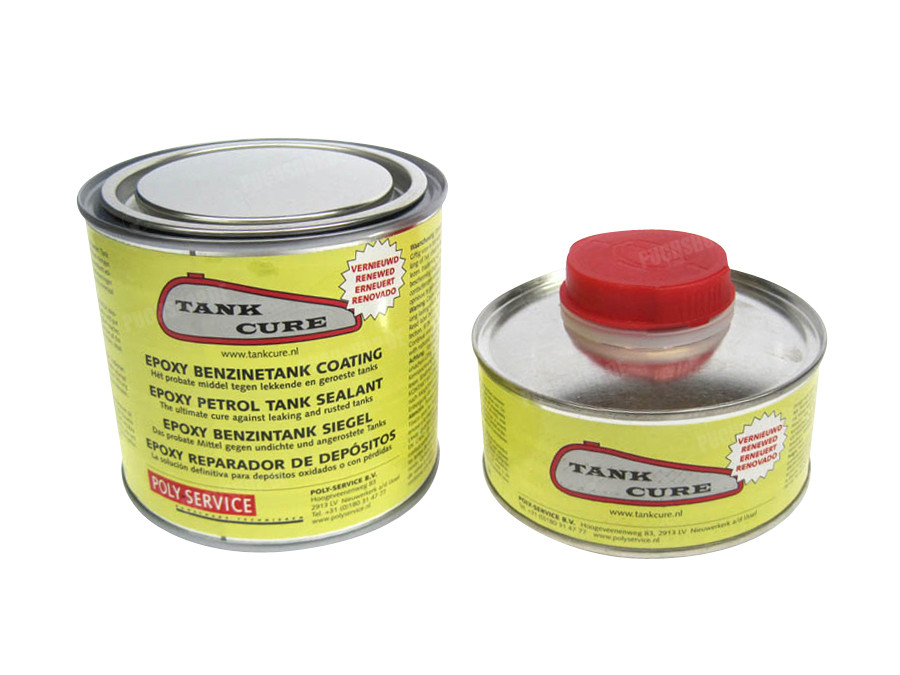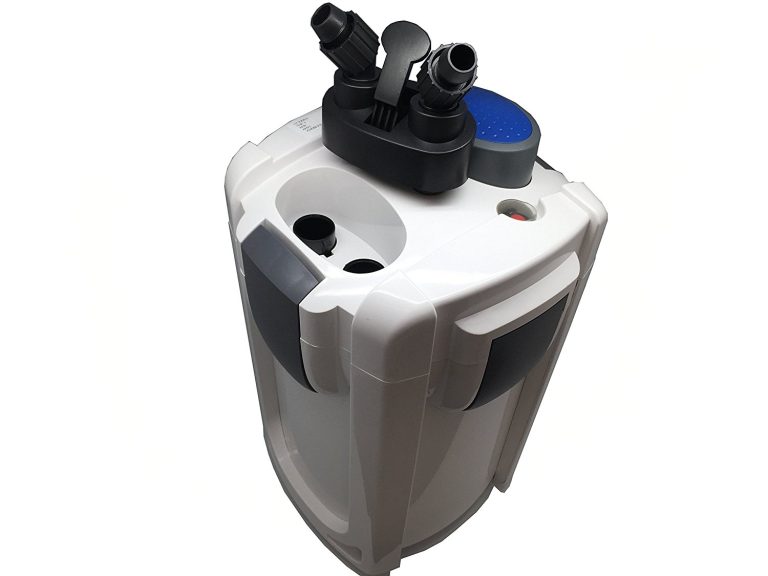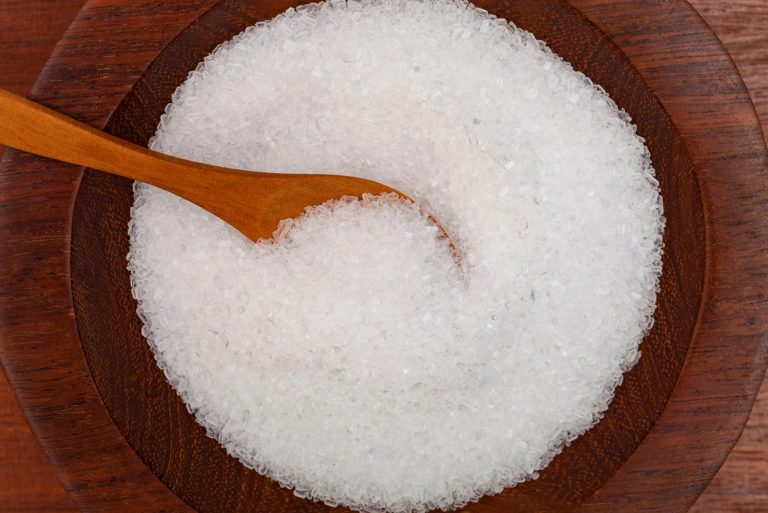Is Your Aquarium Safe? Discover the Truth About Epoxy Coatings
Yes, epoxy can be aquarium safe, but it depends on the type of epoxy used and its curing process. When selecting an epoxy for aquariums, look for products designed specifically for underwater use and check if they have been certified as aquarium safe by a reliable source.
Additionally, it is important to follow the manufacturer’s instructions carefully to ensure proper curing and avoid any potential harm to aquatic life. Aquarium enthusiasts often use epoxy to construct or repair aquariums, but it is important to ensure that the type of epoxy used is safe for aquatic life.
Many commercially available epoxies contain harmful additives that can leach into the water and harm fish, plants, and other organisms. For the best results, choose an epoxy that is specifically designed for underwater use and has been certified as aquarium safe by a reputable source. Proper curing is also crucial to ensure that the epoxy does not release harmful chemicals into the water. With the right materials and techniques, epoxy can be a safe and effective way to build or repair aquariums.

Credit: www.puchshop.de
An Introduction To Epoxy Coatings In Aquariums
An aquarium is a beautiful addition to any home, providing a relaxing view while promoting a serene ambiance. Keeping an aquarium clean and safe for its inhabitants is vital, and this involves using appropriate materials to coat the tank. One popular option for coating aquariums is epoxy, but is epoxy aquarium safe?
In this piece, we will explore the advantages and disadvantages of using epoxy coatings in aquariums, with a particular focus on understanding the role of epoxy coatings in aquariums.
Understanding The Role Of Epoxy Coatings In Aquariums
Epoxy coatings are a popular option for sealing aquariums to make them water-resistant and durable. The primary function of epoxy coatings in aquariums is to provide a protective layer that can help to prevent leaks, reduce the buildup of algae, and protect the integrity of the aquarium’s structure.
Epoxy coatings are popular among both professional and amateur aquarium enthusiasts because of their water resistance and durability.
Some key points to know about epoxy coatings in aquariums include:
- Epoxy coatings are a chemical compound made up of two parts – the resin and the hardener. When mixed, the two components react to form a strong, water-resistant material.
- Epoxy coatings can be used to cover a wide range of surfaces, including concrete, wood, and plastic.
- It’s important to choose an epoxy coating that is specifically designed for use in aquariums to ensure that it’s safe for your fish and other aquatic life.
Advantages And Disadvantages Of Using Epoxy Coatings In Aquariums
Like any other material, epoxy coatings come with their own set of advantages and disadvantages when used in aquariums. Here are some key points to consider:
Advantages:
- Epoxy coatings are generally safe for use in aquariums provided they are specifically made for that purpose. They are nontoxic and do not harm fish or other aquatic animals.
- Epoxy coatings create a barrier that helps prevent water from leaking out of the tank, reducing the risks of damage to carpets, walls, or floors.
- They are long-lasting and provide excellent protection against scratches, corrosion, and other forms of damage.
Disadvantages:
- Epoxy coatings can be expensive, and the price typically depends on the quality of the product.
- The fumes from the epoxy coating may be strong and odorous. You need to take precautions while applying it, ensuring there is adequate ventilation.
- The hazardous waste generated during the application of epoxy coating needs proper disposal.
Epoxy coatings are an excellent option for coating aquariums and keeping them safe. By understanding the role of epoxy coatings in aquariums, weighing the pros and cons, and choosing the right type of epoxy coating, you can keep your aquarium safe and beautiful for years to come.
Understanding The Safety Of Epoxy Coatings In Aquariums
Epoxy coatings have become a popular choice among aquarium enthusiasts because of their ability to create a clear, protective barrier that keeps water inside the tank and prevents leaks. However, there are concerns regarding the safety of epoxy coatings in aquariums.
In this blog post, we will dive deeper into the possible risks associated with epoxy coatings in aquariums and help you evaluate the safety of these coatings for your fish.
Diving Deep Into The Possible Risks Associated With Epoxy Coatings
Epoxy coatings in aquariums have the potential to cause harm to fish, especially if the coating is of poor quality or the application is performed incorrectly. Here are some of the possible risks associated with epoxy coatings:
- The chemicals used in epoxy coatings can be toxic to fish if not properly cured or if the coating deteriorates over time.
- Poor quality epoxy coatings can release harmful substances into the water, which can lead to fish poisoning and other health issues.
- Epoxy coatings that are not mixed correctly can cause bubbles and other defects, which can trap and kill fish.
- Damaged or deteriorating epoxy coatings can lead to leaks, which can cause significant damage to your home and harm to your fish.
How To Evaluate The Safety Of Epoxy Coatings For Your Aquarium
If you’re considering using epoxy coatings in your aquarium, it’s essential to evaluate the safety of the coating carefully. Here are some factors to consider:
- Quality: Invest in high-quality epoxy coatings that are specifically designed for aquarium use.
- Certification: Look for epoxy coatings that are approved by regulatory agencies, such as the fda, and comply with industry standards.
- Application: Follow the manufacturer’s instructions to ensure proper application and curing of the epoxy coating.
- Curing time: Allow the epoxy coating to cure fully before adding fish to the tank.
- Maintenance: Regularly inspect the epoxy coating for damage or deterioration, and make repairs as needed.
By following these guidelines, you can significantly reduce the risks associated with epoxy coatings and ensure a safe and healthy environment for your fish.
Epoxy coatings are generally safe for aquariums as long as they are of high quality, properly applied, and maintained. By understanding the potential risks and carefully evaluating the safety of the coating, you can create a beautiful and safe environment for your aquatic pets.
How To Choose The Right Epoxy Coating For Your Aquarium
Aquarium enthusiasts always aim to create a healthy and safe environment for their marine pets. One crucial factor to consider is epoxy coating, which lines the aquarium, preventing leaks and ensuring the safety and longevity of the tank. However, not all epoxy coatings are suitable for aquariums.
In this section, we will discuss the importance of selecting the right epoxy coating and the factors to consider.
The Importance Of Selecting The Right Epoxy Coating
Using epoxy coating for your aquarium is essential, but it’s even more crucial to choose the correct type. Here’s why:
- Certain types of epoxy contain toxic chemicals that could harm your aquarium’s marine life.
- Epoxy coating that isn’t food safe could infect or poison your fish or other marine creatures.
- Using an unsuitable epoxy coating could result in leaks or cracks in the tank, risking the health and safety of your underwater pets.
Factors To Consider When Selecting An Epoxy Coating For Your Aquarium
Not all epoxy coatings are safe for your aquarium, so it’s essential to keep the following factors in mind:
- Food safe: Select epoxy coating that is explicitly labeled as food safe. It serves the purpose of being used in facilities that produce or store food, making it the best choice for aquariums that house live aquatic creatures.
- Heat and water resistance: Your epoxy coating must be capable of withstanding heat and water exposure.
- Chemical resistance: Your epoxy coating must be resistant to chemicals such as bleach and aquarium cleaning agents.
- Curing time: Opt for epoxy coating with quick curing time, typically 24-48 hours.
- Thickness: Select a coating that is over 3 millimeters in thickness to resist tank leaks.
- Quality: Invest in high-quality epoxy coatings instead of going for cheaper alternatives. This will not only ensure that it is food safe but also last longer and be more reliable to do its job.
Choosing the right epoxy coating for your aquarium is crucial to protect your aquatic pets and ensure your aquarium’s longevity. Be sure to consider these points, invest wisely, and enjoy your safe and healthy aquarium!
Step-By-Step Guide To Applying Epoxy Coating In Your Aquarium
Epoxy coating is a popular solution for aquarium owners to protect the substrate and ensure a pristine environment for aquatic animals. However, many people still wonder if epoxy aquarium safe. The answer is yes, but only if you know how to properly apply it.
We will provide a step-by-step guide to applying epoxy coating in your aquarium to ensure safety and success.
Preparing Your Aquarium For The Application Of Epoxy Coating
Before applying epoxy coating, it is crucial to prepare the aquarium thoroughly to ensure a good bond and long-lasting protection. Here are the key points to consider:
- Empty the aquarium: Remove all fish, plants, and decorations from the tank to prevent harm to aquatic animals and plants and ease the application process.
- Clean the aquarium: Scrub the entire interior of the aquarium with a non-toxic, aquarium-safe cleaner and rinse it thoroughly with water.
- Sand the surface: Lightly sand the interior of the aquarium’s walls and base to rough up the surface, making it easier for the coating to adhere. The sanding should be gentle so as not to damage the aquarium surface.
- Dry the aquarium: Allow the aquarium to air dry completely before proceeding to the epoxy application process.
The Actual Application Process And Safety Tips
Once the aquarium is prepared, it’s time to apply the epoxy coating safely. Here are the key points to keep in mind:
- Read the instructions: Before starting the application, read the manufacturer’s instructions carefully to ensure you have all the necessary materials and tools and follow the steps correctly.
- Mix the epoxy: Mix the epoxy resin and hardener as per the manufacturer’s instructions. Be sure to use the correct ratio of resin and hardener to avoid any issues such as a sticky or tacky finish.
- Apply the coating: Use a brush or roller to apply a thin layer of coating onto the aquarium walls and base. Avoid applying the coating too thickly as it could crack or peel over time.
- Be safe: Wear gloves, protective eyewear and work in a well-ventilated area to avoid contact with epoxy resin. Avoid skin and eye contact and seek medical attention if any accidents occur.
- Wait for curing: Allow the epoxy coating to cure for the recommended time according to the manufacturer’s instructions.
Curing And Reassembling Your Aquarium After Coating
After applying epoxy coating, it’s time to cure and reassemble the aquarium. Here are the key points to remember:
- Wait for curing: Allow the epoxy coating to cure and harden completely before refilling the aquarium and adding aquatic life.
- Rinse the aquarium: Rinse the aquarium thoroughly with freshwater to remove any lingering chemicals from the epoxy coating.
- Reassemble the aquarium: Add back all the decorations and refill the aquarium with conditioned water. Allow the aquarium to cycle for at least a week before adding any fish to ensure that everything stabilizes.
Epoxy coating is a great way to ensure the durability and longevity of your aquarium. By following these simple steps, you can apply epoxy coating easily and safely, making your aquarium look great for years to come.
Proper Maintenance Of Your Epoxy-Coated Aquarium
Aquariums are a lovely addition to any home or office space, but their upkeep can be quite a challenge. This is why many aquarium owners turn to epoxy coating to make maintenance easier and prolong the lifespan of their tank.
Epoxy coating is a highly-effective method of making sure that your aquarium remains safe and durable for years to come, but proper maintenance is crucial.
Ensuring Longevity And Durability Of Your Aquarium’S Epoxy Coating
To ensure the longevity and durability of your epoxy-coated aquarium, consider the following:
- Monitor temperature: Keep the water temperature consistent to prevent the epoxy from expanding or contracting, which can cause cracks and damage.
- Be careful during cleaning: Only use non-abrasive sponges, cloths, and cleaning solutions when cleaning your aquarium. Scratches and abrasions can damage the epoxy, leading to leaks and harm to the aquatic life inside the tank.
- Keep a close eye on scratches: Immediately address any scratches or damage on the epoxy coating as water can permeate these spots, leading to leaks and damaging the epoxy and the sealant underneath.
- Check for leaks: Keep an eye out for leaks, as they can quickly lead to disastrous consequences.
Preventative Maintenance Tips And Schedules
Proper preventative maintenance is crucial for the longevity of your epoxy-coated aquarium. Follow these tips and schedule to keep your aquarium in top shape:
Cleaning And Water Change Schedule
- Clean the aquarium every two weeks
- Change 25% of the water every two weeks
- Perform a complete water change every two months
Preventative Maintenance Tips
- Monitor water ph and temperature daily
- Use high-quality sealants to seal potential cracks or leaks, if applicable
- Replace filters on schedule
- Avoid overcrowding the tank
- Check your light fixtures and replace any bulbs on schedule to prevent the buildup of algae
By following these tips and schedule, you can prolong the lifespan of your epoxy-coated aquarium while ensuring the health and wellbeing of its inhabitants. As a result, your aquarium can provide a fitting, beautiful focal point for your home or office for years to come.
Frequently Asked Questions On Is Epoxy Aquarium Safe
Is Epoxy Aquarium Safe For Fish?
Yes, epoxy is made from non-toxic materials and once it cures properly it is safe for fish.
Will Epoxy Hurt Live Rocks And Corals In My Aquarium?
No, epoxy is reef-safe and will not harm live rocks or corals once it sets.
How Long Should I Wait Before Adding Fish After Epoxying The Aquarium?
You should wait at least 72 hours before adding fish to let the epoxy cure properly and eliminate any potential harm.
Can I Make My Own Epoxy For Aquarium Use?
Yes, you can make your own epoxy using non-toxic materials like fiberglass resin and hardeners, but it’s best to use a commercial product designed specifically for aquarium use.
Conclusion
After careful research and analysis, it can be concluded that using epoxy in aquariums can be safe if the right precautions and guidelines are followed. While epoxy does contain harmful chemicals, if the epoxy is labeled aquarium-safe and cured properly, the risks can be significantly minimized.
Additionally, it is important to note that epoxy should not be used in aquariums that will house fish or other aquatic animals, as the chemicals can harm them. It is always best to consult with a professional and do thorough research before making any decisions regarding the safety of epoxy in aquariums.
Overall, it is possible to have a safe and successful aquarium with the use of epoxy, as long as the necessary steps are taken to ensure the health and well-being of the aquatic environment.






